Quick Airline Information:
✈Airline IATA* code: IB
✈Airline ICAO* code: IBE ✈Founded: 28 June 1927 ✈Website: www.iberia.com ✈Alliance: One World✈History
✈Operations and Destinations 🌍
✈Fleet ✈️
✈Photo Slide 📷✈Safety Video 🎬
✈Airline reviews ⭐
*IATA: (International Air Transport Association)
*ICAO: (International Civil Aviation Organization)
History Menu:
Iberia, the national airline of Spain, known at it’s early beginnings as Iberia, Compañía Aérea de Transportes was established on 28 June 1927. Crucial to the founding of Iberia was support from the German Deutsche Luft Hansa A.G. (Lufthansa). The inaugural flight, Barcelona to Madrid, was launched in December 1927 using a Rohrbach Ro.VIII Roland aircraft. Within a year, the company was sponsored by the Spanish government to provide postal transport between Madrid and Barcelona.
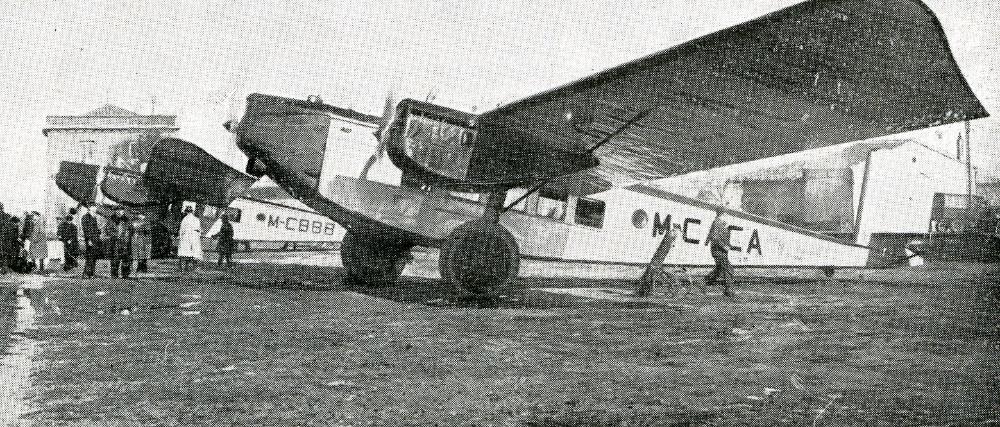
During the dictatorship, the aviation companies in Spain were combined, coming into effect in early 1928. As a consequence, Iberia was merged into Compañía de Líneas Aéreas Subvencionadas S.A. (CLASSA) and ceased activities as an independent airline on 29 May 1929. The name "Iberia" continued to be registered although the company airline did not have a fleet or commercial operation under his own brand.In 1937 during the Spanish Civil War, Spanish Navy captain received the order from General Kindelán to organize an airline for the air transport in nationalist-held territory. Six Junkers Ju-52 from Deutsche Luft Hansa arrived, which were acquired by Iberia at the end of the conflict. As the name "Iberia" was still registered, it was used when operations began in 1937 towards the end of the war. After the war, at the end of the 1930s, the airline served domestic destinations as ,Sevilla, Las Palmas, Barcelona, Zaragoza, Burgos, Salamanca and Vitoria and Tanger Cabo Juby and Tetuan in Marrocco, with Junkers Ju-52 aircraft. On 1 May 1939 Iberia operated its first regular service to Lisbon.
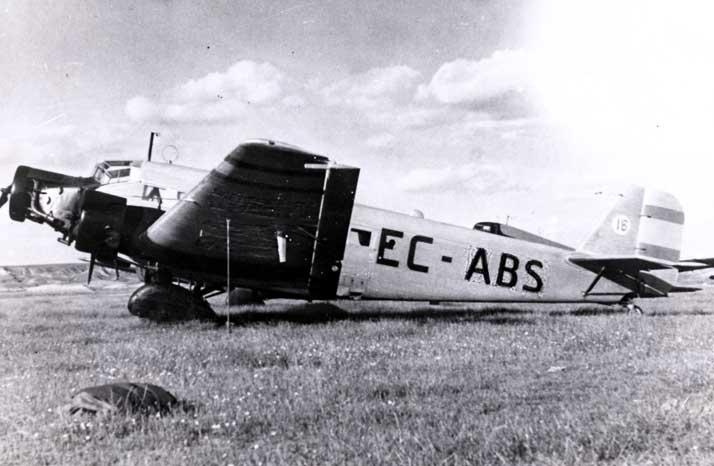
In 1940 the government gave the monopoly of national air transport to Iberia (this fact changed 6 years later when the government liberalized the national air traffic for the private airlines) The airline was nationalised on 30 September 1944, that year it signed the purchase of seven DC-3, and three DC-4 with the purpose of expand the network in Europe. In 1946, Iberia was the first airline to fly between Europe and South America after World War II, using a Douglas DC-4 to operate flights between Madrid and Buenos Aires. This flight was the first of an expansion of flights between Latin America and Europe, including destinations like San Juan de Puerto Rico, Caracas, Ciudad de México and La Habana.
The airline phased in the first of three Super Constellations in June 1954, they were deployed on the inauguration flight of the new Madrid–New York service. In 1959 the Spanish airline Aviaco became a part of Iberia by controlling two thirds of its capital. Aviaco had been created in 1948 after the national air traffic had been liberalized. In 1961 Iberia had 9 Super Constellation in the fleet but also it marked the introduction of the first jet engine jets, in the form of the first DC-8-50, Sud Aviation Caravelle and Douglas DC-9.
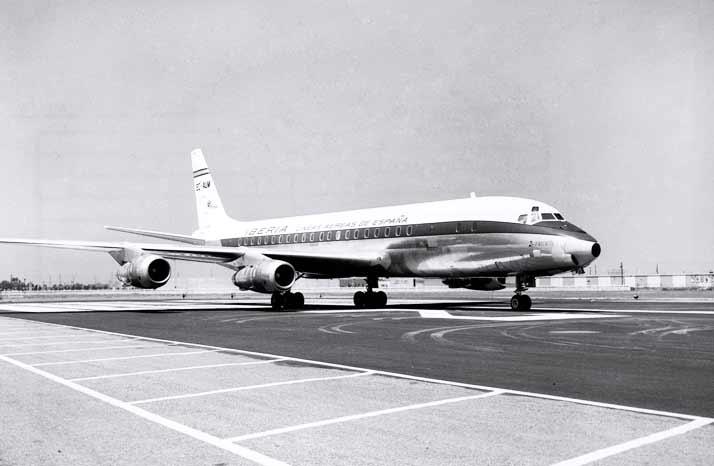
In the early 1970s the jumbo jets Boeing 747s and Douglas DC-10s came to the company during an expansion of the intercontinental routes, specially to Central America. Iberia also bought the short-middle range trijet Boeing 727-200 in 1971, which were used until 2001.
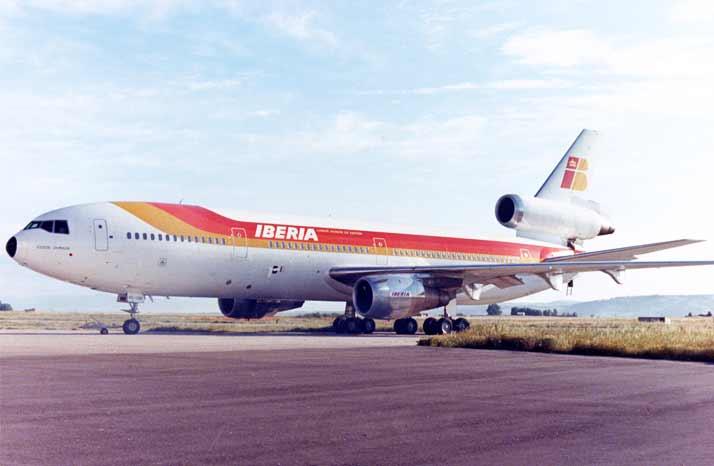
In 1987 Iberia, together with Lufthansa, Air France and SAS Group, founded Amadeus, an IT company (also known as a Global Distribution System) that would enable travel agencies to sell the founders' and other airlines' products from a single system.
This year Iberia planned a fleet renewal with the McDonnell Douglas MD-87/88, Airbus A320 and Airbus A340-300 replacing the Douglas DC-9, Boeing 727 and 747 respectively. In June 1990, the carrier also bought 16 Boeing 757, first to arrive by 1993.
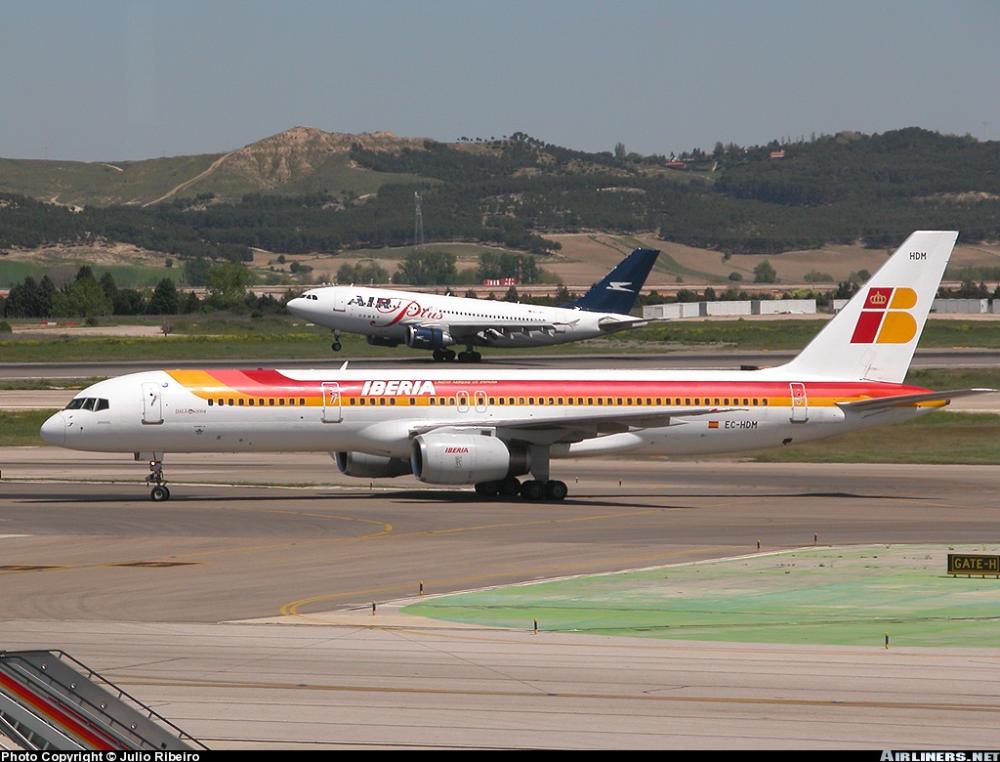
In June 1990 Iberia bought a 30% stake in Aerolineas Argentinas. In 1991 Iberia bought a 45% stake in Viasa and a 35% stake in Chilean Ladeco .In 1992, another partnership between Iberia and Lufthansa had dissolved, they were operating a point to point airline named Viva Air, afterwards Iberia took over the operations of Viva Air. That airline entered the Spanish domestic scheduled market using Douglas DC-9 aircraft but those were quickly replaced by Boeing 737-300.
In 1995, before the process of privatization of Iberia, Aerolineas Argentinas was transferred to the Spanish government through the Industrial Ministry which would later become SEPI ( National Society for Industrial Participations). In 2001 the Argentine flag carrier was sold to the Spanish company Grupo Marsans. (Later in 2008 the president of Argentina Cristina Fernández de Kirchner expropriated the company to Grupo Marsans with the symbolic pay of 1 argentine peso ($0.57) and re-nationalized the airline.
The plans to make the Iberia group the dominant airline in the Latin American market also failed in Venezuela. In 1997 the board of directors of Viasa, in which Iberia was the majority, decided to suspend the flights of the company. Regarding Ladeco, in 1997 Iberia sold its shares in Ladeco after had made a $22 million investment.
In 1996, the airline launched its website. The company ordered 76 aircraft from Airbus in February 1998 for more A319, A320, A321 and long range A340-600 which at the time was the largest single Airbus order. The following year it bought Aviaco and inherited that airline's fleet. In 1998 the wholly owned subsidiary of Iberia, Viva Air, began to lose money and, by 1999, operations ceased and the airline was liquidated. Iberia took over all staff, aircraft and route licenses as Viva Air ceased its operations.
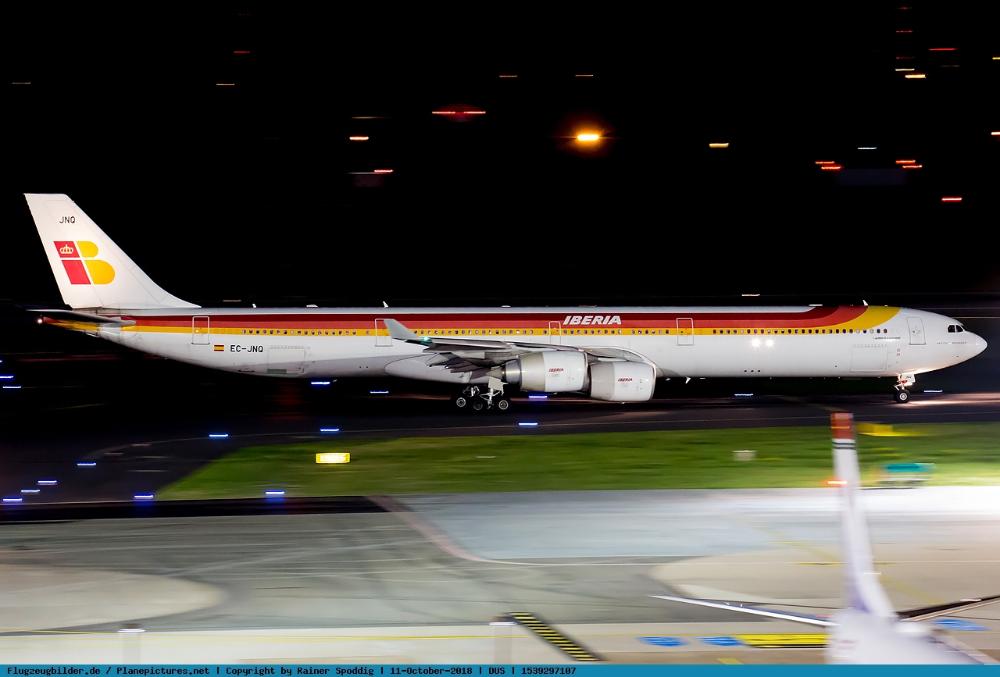
During 2001 Iberia was privatised and shares were listed on stock exchanges. On 5 February 2006, Terminal 4 at Madrid - Barajas Airport was turned over to Iberia and fellow Oneworld alliance members. This provided much-needed expansion capabilities for Iberia.
On November 12, 2009, Iberia confirmed that it had reached a preliminary agreement to merge with British Airways. The merger between the two carriers would create the world's third-largest airline in terms of revenue. On April 8, 2010, it was confirmed that British Airways and Iberia had agreed to a merger, forming the International Airlines Group, although each airline would continue to operate under its current brand.
In 2012 Iberia established its own low-cost airline Iberia Express, which operates short- and medium-haul routes from its parent airline's Madrid hub, providing feeder flights on to Iberia's long-haul network. The airline began operating on 25 March 2012.
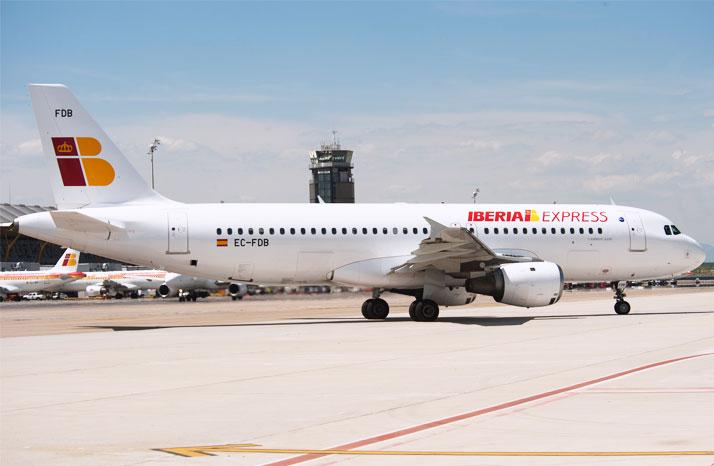
As of 2016, new Airbus A330 arrived and the A340-600 fleets were equipped with personal touch screens in all classes. In October 2016, Iberia unveiled its new Premium Economy cabin on Airbus A330-300s , Airbus A340-600s to be modified and 16 new A350-900s which Iberia started to receive new in 2018.
In June 2017, Iberia started operating a new subsidiary, LEVEL, however still under its IB flight code. LEVEL was established in 2017 by IAG as a low-cost long-haul airline offering transatlantic services from Barcelona – El Prat Airport, but in 2018 the airline expanded with long-haul services from Paris Orly Airport, eventually taking over the operations of OpenSkies, and short-haul services from Vienna.
Iberia also started to receive a new batch of Airbus A320 family aircraft from the new NEO version, starting in May 2018. This enabled the airline to retire older examples and expand to new destinations which were previously not viable.
In June 2018, Iberia took delivery of its first Airbus A350 900 aircraft. The wide-body aircraft has a three-class configuration.
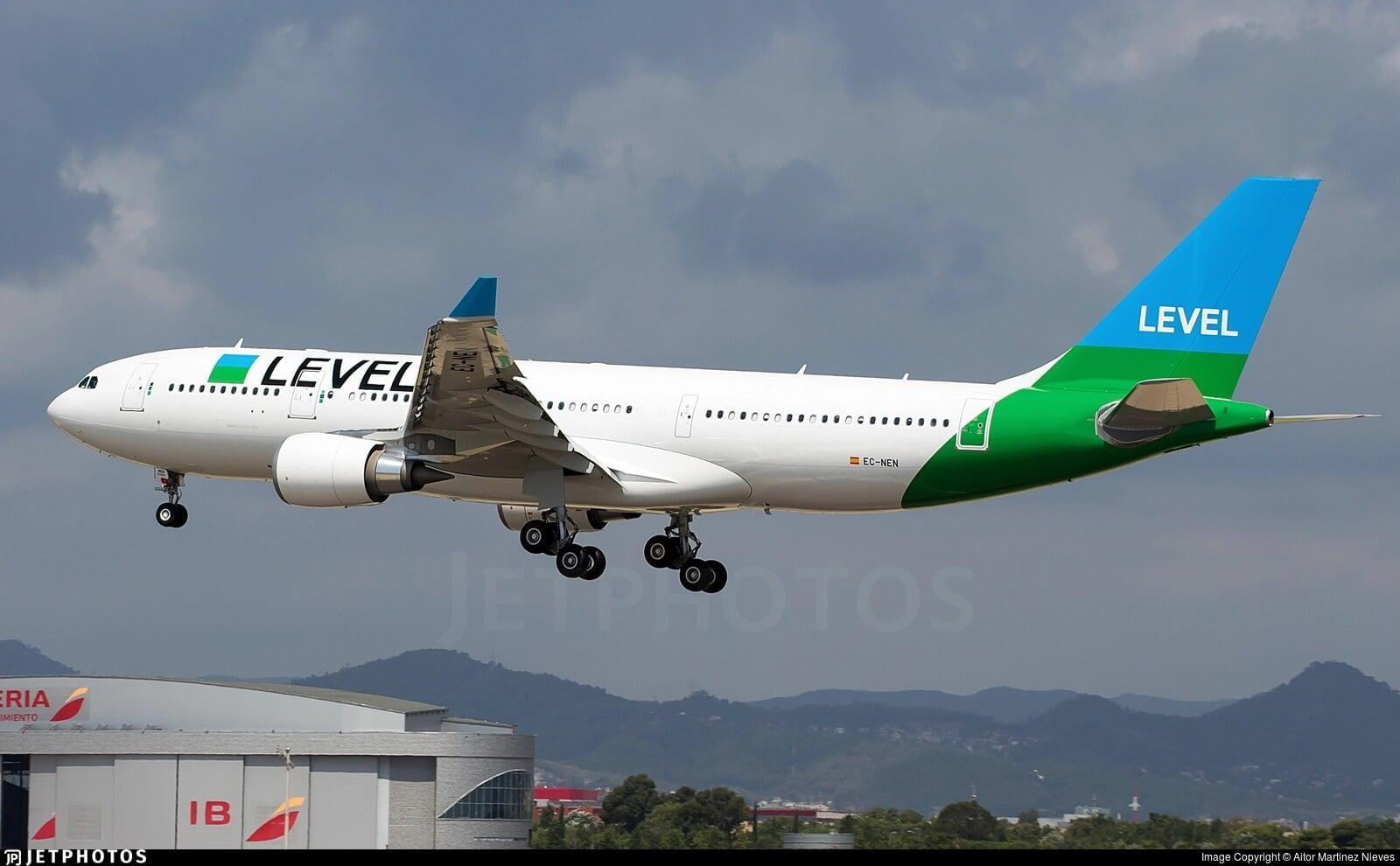
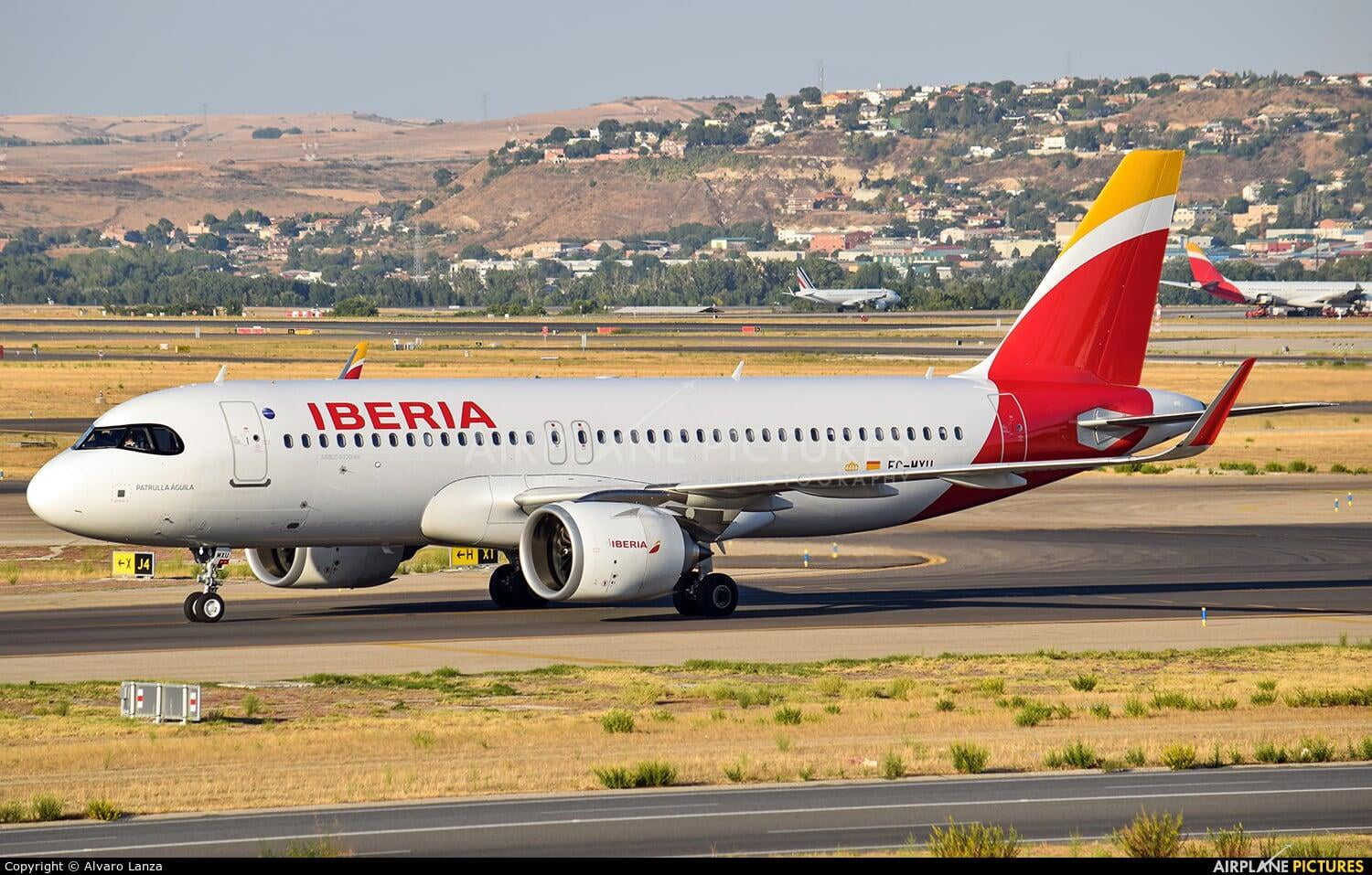
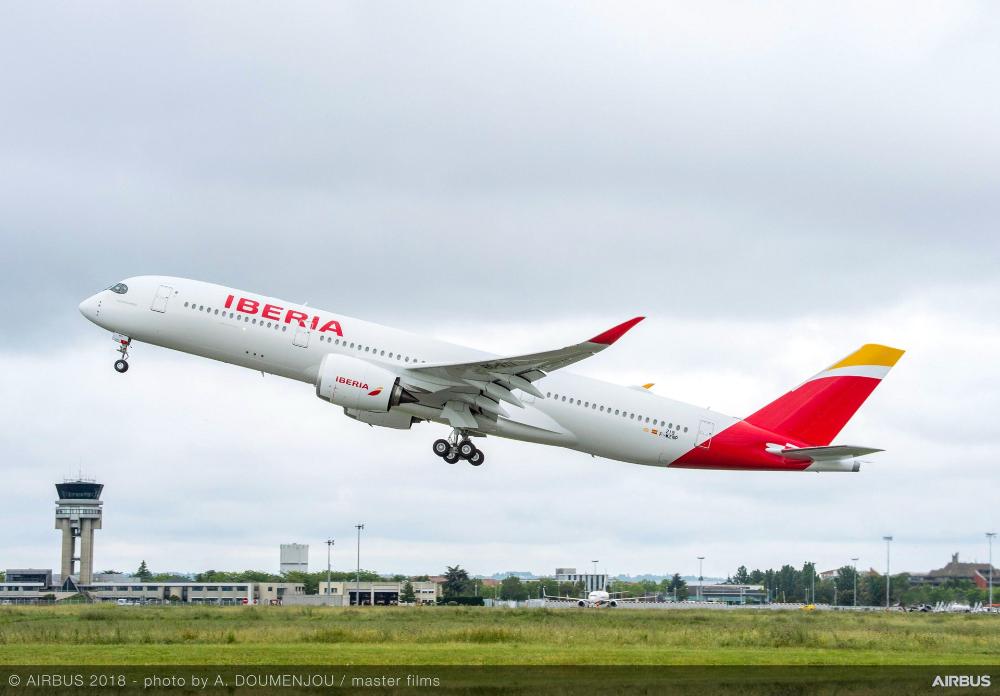
In June 2019, IAG announced a firm order for 14 Airbus A321XLR aircraft to expand its single-aisle fleet, eight of which are destined for Iberia. The new aircraft will enable Iberia to operate new transatlantic destinations and increase frequencies in key markets.
Today's it's one of the strongest airline groups in Europe connecting Europe with Latin America, offering a good product, a modern fleet and continued new routes and expansion as Iberia receives new Airbus family Aircraft.
History Source: Wikipedia.org + seatmaestro.com
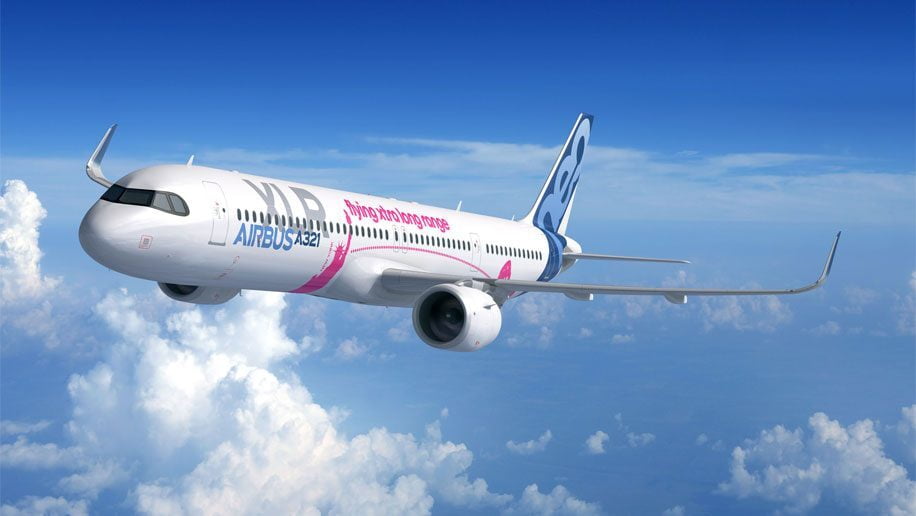
Operations and Destinations 🌍:
Iberia flies to almost 120 destinations in 45 countries direct. Madrid and Barcelona are the bases for the Spanish Airline, which also has regional bases around Spain like Palma de Mallorca ,Málaga or Valencia.
Iberia is best known for its connectivity to Central and South America. It serves the most routes in that region than any other airline, with convenient times and easy connecting flights from Europe, through its main Terminal 4 at Madrid Barajas. The Spanish airline also has a strong position in mainland Europe and serves most capitals. However to remain competitive, a lot of its services have been transferred to its sister company Iberia Express.
Iberia flies to the following destinations*: (note the list does not include destinations served by Iberia Express).
| Region 🗺️ | Destinations 🌍🌎🌏 |
|---|---|
| ✈Spain | A Coruña, Asturias, Barcelona, Bilbao, Gran, Canaria, Granada, Jerez, de, la, Frontera, Ibiza, Menorca, Malaga, Madrid, Murcia, Palma, de, Mallorca, San, Sebastián, Santander, Santiago, de, Compostela, Sevilla, Valencia, Vigo. |
| ✈Europe and Russia | Amsterdam, Athens, Basel, Berlin, Birmingham, Bologna, Brussels, Budapest, Catania, Copenhagen, Dublin, Dubrovnik, Düsseldorf, Florence, Frankfurt, Funchal, Geneva, Hamburg, Lisbon, London, Lyon, Manchester, Marseille, Milan, Moscow, Munich, Naples, Nice, Oslo, Paris (CDG, ORY), Porto, Prague, Reykjavík, Rome, Saint Petersburg, Split, Stockholm, Venice, Vienna, Zadar, Zagreb, Zürich |
| ✈North America | Boston, Chicago, Los Angeles, Miami, New York City, San Francisco |
| ✈Central and South America | Bogotá, Buenos Aires, Caracas, Guatemala City, Guayaquil, Havana, Lima, Managua, Medellín, Mexico City, Montevideo, Panama City, Quito, Rio de Janeiro, San José, San Juan, San Salvador, Santiago (Chile), Santo Domingo, São Paulo |
| ✈Africa and The MIddle East | Algiers, Oran, Casablanca, Marrakech, Tangier, Dakar, Johannesburg, Tel Aviv |
| ✈Asia | Shanghai, Tokyo |
*Destination list is for reference only. Please check directly with the airline for updates.
*Note some destinations are only seasonal.*Correct info as of June 2019.
Fleet ✈️:
With an all Airbus fleet, Iberia has one of the youngest fleets in Europe. It uses the smaller ATR42 and Bombardier CR200, CRJ900 and CRJ1000 for domestic operations and regional flights flown by it's affiliate airline Air Nostrum. Also it has transferred some older aircraft to it's sister company Iberia Express, mainly Airbus A320 and A321.
The fleet* which Iberia operates is listed below:
| Network 🌐 | Aircraft ✈️ |
|---|---|
| ✈Short haul and Regional (domestic) | ATR72-600, CRJ200/900/1000 (operated by Air Nostrum) |
| ✈Short and Medium haul | Airbus A319, A320, A321, A320neo, A321neo (A330-300/A340-600 for high demand routes) |
| ✈Long Haul | Airbus A330-200/300, A350-900, A340-600 |
*Correct fleet info as of June 2019.
Iberia Photo Slide 📷:
Iberia Safety Video (A340-600) 🎬:
Reviews ⭐:
 |  |
|---|---|
| ✅ Great connectivity for flights to Central and south America. | 👎No food or drink on any short haul/medium routes. |
| ✅Modern and young operating fleet of aircraft. | 👎Online check in available 24 hours before the departure, however some routes, you will get a seat at random assigned automatically, and if you wish to change it, there is a fee to pay. |
| ✅Awarded most punctual European airline in 2015-17. | 👎 Economy seat pitch between seats is narrow, (long haul Aircraft A330-200). |
| ✅Member of the One World Alliance, for points/ mileage redemption.mileage redemption. | 👎 Informal cabin crew service experienced |
| ✅ Easy flight-connectivity at Madrid/Barcelona Airports | 👎 Earphones provides in Economy are poor in sound and hard to wear |


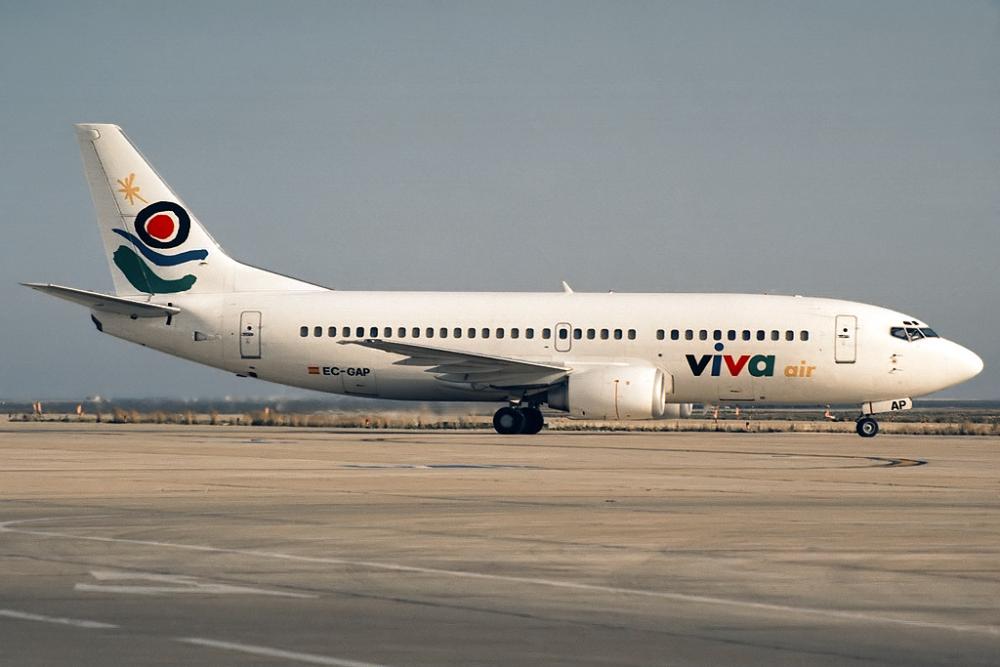
















.png)